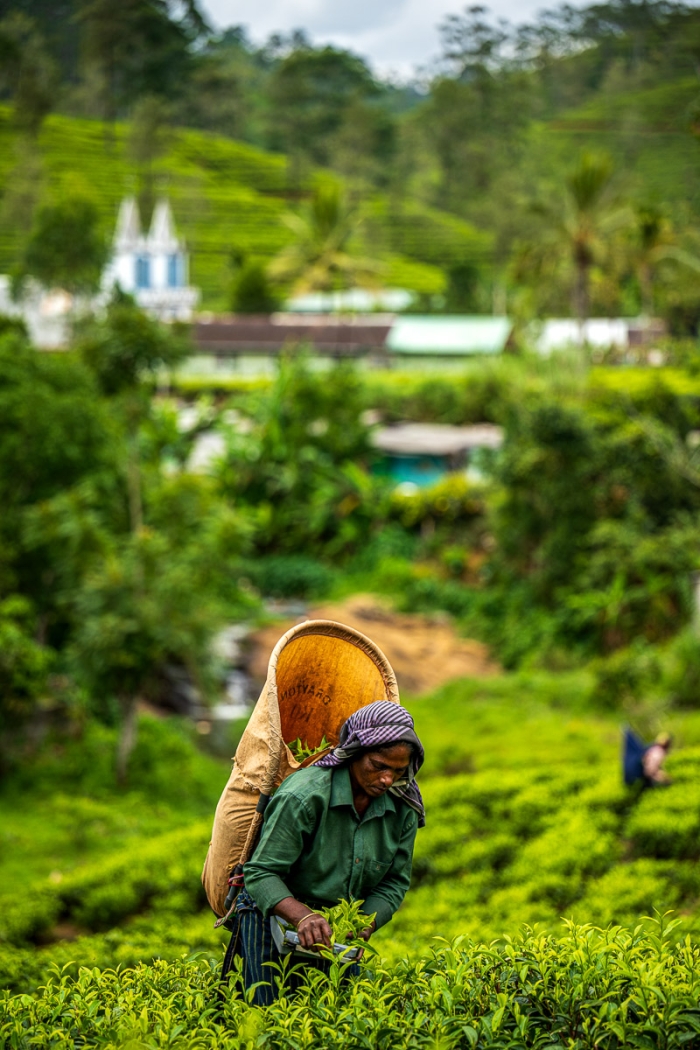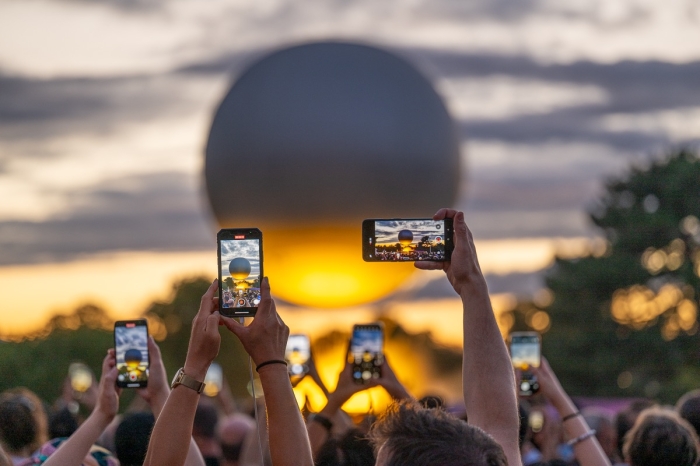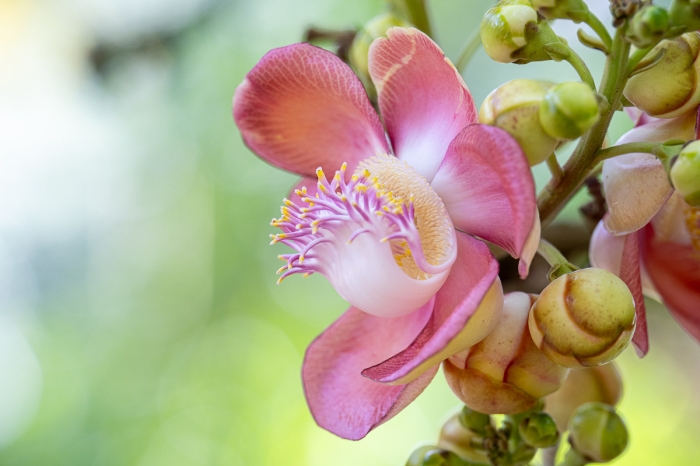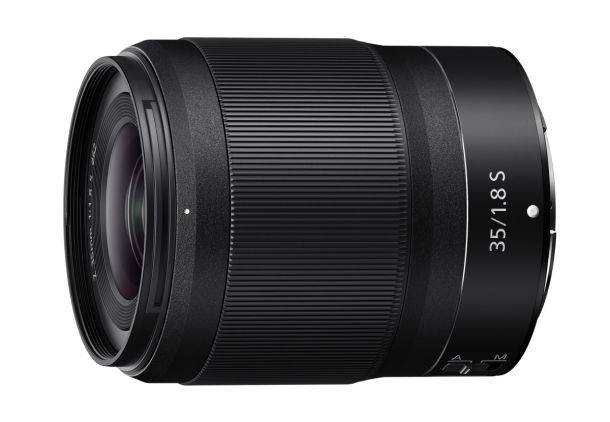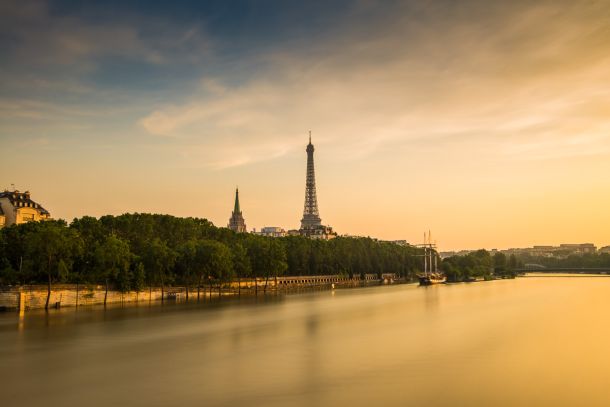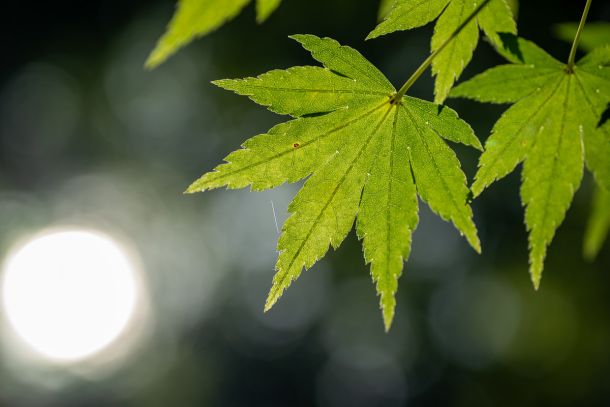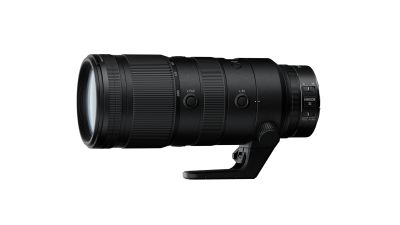
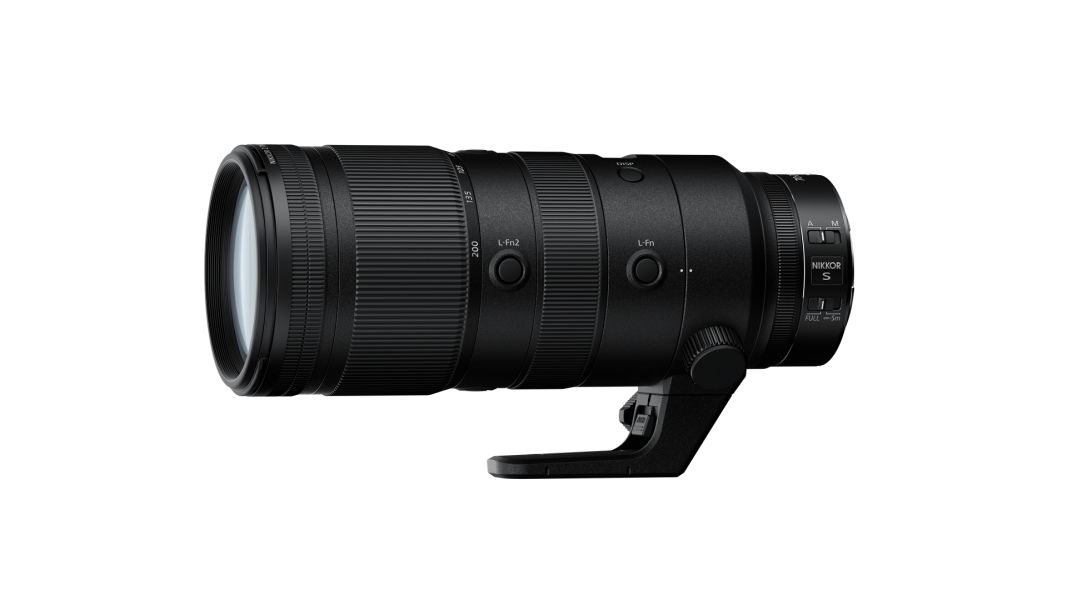
Why a 70-200mm f/2.8 is the Photographer’s Most Versatile Lens
The flagship focal length for professionals, the 70-200mm f/2.8 is arguably the most useful, versatile, and cost-effective lens over the long term for many photographers. Whether you shoot portraits, reportage, sports, travel photography or even landscapes, this zoom covers countless situations while sparing you from constantly changing lenses. Here’s why it deserves a place in your camera bag.
Table of Contents
- Versatility that replaces multiple prime lenses
- Technical specifications of the NIKKOR Z 70-200 mm f/2.8 VR S
- A constant f/2.8 aperture sufficient in most situations
- Attractive, controlled bokeh
- Why chasing faster glass is unnecessary (and expensive)
- A realistic and reactive solution in a crowded world
- Extended reach with teleconverters
- Budget alternatives: depth of field limitations
- Buying second-hand: caution with older models
- Sample images shot at f/2.8
Versatility that replaces multiple prime lenses
The 70-200mm f/2.8 zoom (or its 80-200mm equivalent) easily replaces a whole set of classic prime focal lengths: 85mm, 105mm, 135mm, 180mm, 200mm. No more constant lens changes, which is particularly valuable with mirrorless bodies where the sensor is exposed to dust during swaps. Only the Nikon Z8 and Z9 feature a protective shutter curtain to limit dust deposits during lens changes.
Technical specifications of the NIKKOR Z 70-200 mm f/2.8 VR S
To give some context about the lens discussed in this article, here are the main specifications
of the NIKKOR Z 70-200 mm f/2.8 VR S that I have been using since 2023. It replaced my trusty
Nikon AF-S 80-200 mm f/2.8, which was still working perfectly, but I wanted higher resolution
while saving a bit of weight and bulk by getting rid of the FTZ adapter.
| Specification | Detail |
|---|---|
| Focal length | 70–200 mm |
| Maximum aperture | f/2.8 |
| Minimum aperture | f/22 |
| Optical construction | 21 elements in 18 groups (including 6 ED glass elements, 2 aspherical lenses, 1 fluorite element and 1 SR lens), Nano Crystal and ARNEO coatings, front element with fluorine coating. |
| Angle of view (FX) | 34°20′ to 12°20′ |
| Angle of view (DX) | 22°50′ to 8° |
| Minimum focus distance | 0.5 m at the wide end; 1.0 m at the telephoto end |
| Maximum reproduction ratio | 0.2× |
| Diaphragm blades | 9 (rounded aperture) |
| Filter thread | 77 mm (pitch 0.75 mm) |
| Dimensions | Approx. 89 mm in diameter × 220 mm in length (from the lens mount) |
| Weight | Approx. 1,440 g with tripod collar; approx. 1,360 g without collar |
A constant f/2.8 aperture sufficient in most situations
With a constant f/2.8 aperture, this type of zoom comes very close to the f/1.8 or f/2 primes it replaces. In practice, the difference is often negligible, especially if you know how to manage light and composition.
Attractive, controlled bokeh
Of course, an 85mm f/1.8 will deliver a shallower depth of field than the zoom at the same focal length. But by extending the zoom to 135mm or 200mm at f/2.8, you achieve equally pleasing background blur, with stronger compression to isolate your subject.
Why Going for Faster Glass Is Unnecessary (and Expensive)
Ultra-fast lenses such as the 85mm f/1.2, 135mm f/1.8, or the legendary Nikon 200mm f/2 AF-S and Canon EF 200mm f/1.8 USM cost a fortune. They can certainly deliver stunning images, but:
- Your clients will often not notice the difference.
- Visual culture has changed: what required technical mastery in-camera 30 years ago can now be simulated in post-production, especially when it comes to enhancing background blur.
- They are unlikely to significantly increase the perceived value of your work.
Moreover, the combined weight of an ultra-fast prime and complementary focal lengths is far greater than that of a 70-200mm f/2.8 zoom, which remains more balanced and portable.
This does not mean that ultra-fast lenses are useless. They remain highly relevant in specific situations, such as shooting in very low-light environments or depending on your photographic practice, when the difference in depth of field compared to an f/2.8 zoom is both visible and desirable. They are also essential in fields like photojournalism, where ethical standards prohibit any retouching that would artificially enhance the rendering of the image.
A realistic and reactive solution in a crowded world
A zoom lets you reframe instantly to eliminate a trash can, a passerby, or a cluttered background. With today’s over-tourism and the omnipresence of smartphones, creating clean, uncluttered images is far more challenging than 25 years ago. The 70-200mm thus becomes a precious ally to compose quickly and effectively.
Extended reach with teleconverters
These pro zooms are often compatible with 1.4x and 2x teleconverters, allowing you to transform them into:
- 280mm f/4 (with TC-1.4x)
- 400mm f/5.6 (with TC-2.0x)
A very useful reach boost without sacrificing optical quality. On the Z version, pairing the 70-200mm with the TC-2x gives you an excellent 400mm f/5.6 for just 300 g more in your bag.
Budget alternatives: depth of field limitations
Many English-speaking photographers recommend superzooms like the Nikon Z 24-200mm f/4-6.3 or Z 28-400mm f/4-8 for landscape work, assuming they’ll use a tripod. This may work, but:
- At f/6.3 or f/8, the depth of field is significantly larger.
- It becomes difficult to isolate a subject or separate it cleanly from the background.
Sure, in-body stabilization (IBIS) partly compensates for the slower aperture, letting you gain up to 2.7 stops and handhold at 200mm with slower shutter speeds. But this advantage only applies to static subjects. For action, sports or lively scenes, you’ll still need fast shutter speeds, and raising ISO will inevitably increase image noise.
Buying Second-Hand: Caution with Older Models
All three generations of the Nikon 70-200mm f/2.8 are now widely available on the second-hand market at attractive prices, largely due to mass resales following the switch of many photographers to the Z mount. These deals may seem tempting, but they require caution.
In all cases, test the lens thoroughly before purchasing, ideally on your own camera body. Also check carefully for dust or fungus inside the glass elements (a backlight and careful inspection through the lens are simple and effective methods).
Older models such as the Nikon AF-S 80-200mm f/2.8, which I used on a Z5 and Z7 II until 2023, or the Canon EF 70-200mm f/2.8 USM non-IS are no longer repairable if the autofocus motor fails. The same applies to the first AF-I and AF-S telephoto primes. I experienced this firsthand during the 2004 Indianapolis 500: after only ten laps, the motor of my 500mm f/4 AF-S failed, which also disabled manual focus. I had to cover the rest of the event using only my AF-S 80-200mm f/2.8 paired with the TC-14 teleconverter.
If you are seeking reliability and long-term compatibility, it is wiser to invest in a more recent version. That said, you may still come across a good second-hand deal, provided you buy from professional resellers such as La Boutique Photo Nikon, who offer greater assurance and guarantees.
Sample images shot wide open at f/2.8
Click on the photos below to view them full screen.
All the photos displayed on this website are copyright protected © Sebastien Desnoulez. No use allowed without written authorization.
Legal notice
About the author
Sebastien Desnoulez is a photographer specializing in architecture and landscapes. With over 40 years of professional experience, he combines technical rigor with a sensitive eye. He shares here his long-term user perspective, far from passing trends.
Tags
I am represented by the gallery
Une image pour rêver

